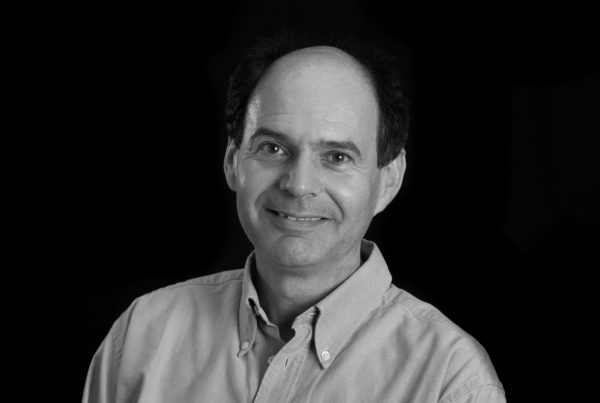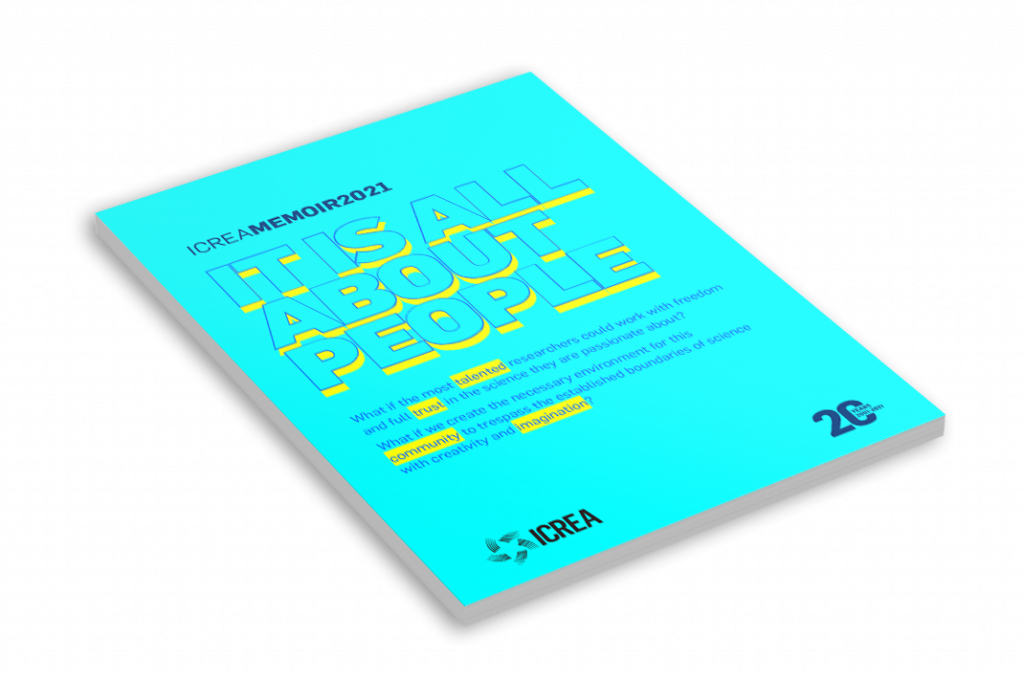Prior to current appointment, taught at the Universities of Bristol and Lisbon, as well as, on a temporary basis, Paris and Bordeaux. Appointed January 1996 by the Portuguese government to set up the Côa Valley Archeological Park, coordinate scientific research to establish the age of its Paleolithic rock art, and prepare the nomination of the site for World Heritage status (listing date, December 1998). Created and directed the Instituto Português de Arqueologia (IPA), a department of the Ministry of Culture for the supervision of archaeological activity in the country (May 1997-2002). Member of the Executive Board of the European Association of Archeologists (2003-06). Humboldt Foundation Research Awardee (2003-04, University of Cologne) for "past achievements in teaching and research". Recipient of the London Prehistoric Society's Europa Prize (2005), for "significant and enduring contribution to the study of European prehistory". In 2012 profiled in "Science".


